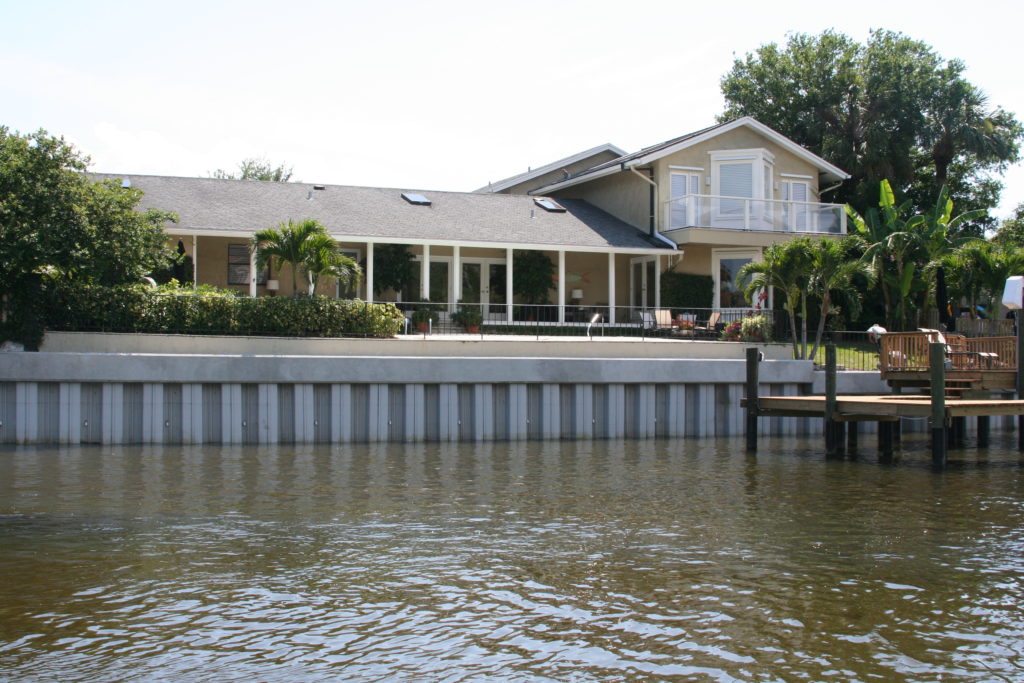
Before undergoing seawall repair in Texas, you should know a few things. For starters, how much does it cost? How reliable is the process? And what are the problems associated with seawall repair? These questions are best answered by seawall repair specialists. This article also discusses the process of polyurethane injection. Read on to learn more. Here are some other things to know about seawall repair in Texas. And don’t forget to check the references of these professionals.
Problems with seawall repair
If you live on a seawall, you know the risks. If you live on a coastal property, you should keep an eye on your seawall, whether it is concrete or wood. If it breaks, it can pose a serious risk to your property and to your family. Seawalls are constructed in two ways: vertical and horizontal. The former is the more practical option, since it is relatively easy to design and construct. The latter is only useful for coastal areas where the water is relatively calm.
The most common signs that your seawall may need repair is rust, splitting, or rot. Even if the seawall is made from vinyl, there are some signs that may indicate it is time for replacement. If it is made of wood, you can look for signs of termite damage as well. Whether it is wooden or vinyl, check the seams for signs of termites. If you find any of these signs, contact a Texas seawall repair service.
Solutions
Whether your seawall is made of steel, timber, or vinyl, you may be wondering how to find the best repair solutions in Texas. While steel and aluminum are the strongest and most durable materials, wood is inexpensive and will wear down quickly, especially in rough conditions. Over time, it will develop weak spots that could cause the whole structure to collapse. It’s always best to have an engineer evaluate your seawall to find out what needs to be done.
A proper seawall repair can prevent flooding and restore its structural integrity. In Galveston, TX, a broken seawall can lead to a mold and corrosion problem. Repairing your seawall with an expanded polymer is an excellent way to prevent these problems. And while this process may seem expensive, it will be worth it in the long run. Your water barrier will be stronger and better than it was before, and you’ll be more satisfied with the end result.
Cost
Before deciding how much seawall repair in Texas is necessary, it is important to have a professional inspect the seawall. This is a vital step as water can push through tiny cracks, joints, and other defects. These can be difficult to spot until they are too late. A professional will look for visible cracking, broken pieces, and gaps, as well as erosion behind the seawall. A skilled professional will also be able to detect if any sinkholes exist.
Although small hairline cracks in the cap of the seawall are relatively non-problematic, if you notice larger cracks, it is important to get professional assistance. Cracked seawalls can be difficult to spot, as landscaping can often hide signs of seawall failure. In a severe hurricane, your seawall may be destroyed, further damaging your home and the landscape. Ultimately, the cost of seawall repair in Texas should be an investment rather than a one-time cost.
Polyurethane injection process
Injection of polyurethane foam into seawalls and bulkheads is an excellent solution for seawall stabilization. Its unique properties allow it to expand and fill voids behind the seawalls, while retaining structural integrity. This process extends the useful life of infrastructure assets by preventing them from being damaged by erosion. During the injection process, the polymer expands and binds the loose soils behind the seawall.
A failing seawall can overwhelm a waterfront property owner. Seawater erodes the soil underneath it, and every wave and tidal cycle can weaken the seawall and cause sinkholes to develop. Additionally, compromised foundations of shoreline structures can pose a safety hazard to visitors. Fortunately, Polyurethane injection technology can be applied to the seawall and extend its life for almost twice as long as a conventional replacement.